Brazos Bend State Park, Needville, Texas
When his master (Potiphar) heard the story his wife told him…he burned with anger. Joseph’s master took him and put him in prison, the place where the king’s prisoners were confined. ~ Genesis 39:20a I’m certain the prisons then weren’t the “nice” places they are today (at least in America) that are clean and chocked full of privileges and “rights” for the prisoners. Still, this prison seems to be a bit better than others probably were, because it’s contained within the house of the captain of the guard (40:3). And remember, Potiphar is the captain of the guard for Pharaoh (37:36). Scripture doesn’t even mention that there was any type of trial, or that Potiphar even asked Joseph for his side of the story. And it makes us wonder – – where is God in this? Joseph was always faithful. Why is God allowing this to happen to one of His own? And especially when, later on, we discover that Joseph was imprisoned for at least two years! (41:1) Hasn’t Joseph suffered enough just by being enslaved? We whine and complain to God when things don’t go our way. We get angry with Him when He doesn’t seem to answer or protect us from the world (and at times from consequences from our own ungodly decisions). Sometimes, we even choose to walk away from Him. But God never promised us a life of ease. He has His plan, and only calls us to have faith in Him. To trust Him. There are so many examples in the Old Testament of people waiting for years. Even for hundreds of years. We can’t see the big picture, and that’s what makes it hard for us to wait. Joseph’s current condition is unfair, but he never gives up on God. And God never gives up on him.

Today we drove to the Varner-Hogg Plantation State Historic Site in West Columbia, Texas. That’s a lot of words to say, Terri needed a break from biking. 😊
Blaine found this place on-line. It was very interesting, but something we found most odd, was the fact that the entire two hours we were there, there wasn’t another soul visiting. The only people we saw were staff! Crazy!

The plantation house sits empty, or mostly so, because they’re in the process of renovating, but they still allow you to go inside. They’ve put all the furnishings and artifacts in a newish building on the property, and encouraged us to go inside where Angela (I think that was her name) would give us a tour. We saved that for last.
You’ll see pictures (of course! 😊), but the gist of the story here is that the land was purchased (illegal squatting beginning in 1816, becoming legal in 1824) from Spain by a man named Martin Varner who sold it to the Patton family ten years later – at a 600% profit.
The Patton family, at the time, consisted of the father, John and his two sons, Columbus and Sinclair.
They used the property to build their plantation and their wealth, at the expense of slaves who did their work for them; producing cotton and sugar cane. But worst of all, at least to us was the use of a slave driver who beat and tortured their slaves. The man’s name was Jake Steel and he was an enslaved black man on the plantation. They have recordings of interviews with the former slaves and they talk about how mean he was. That he was just sheer evil in the form of a man.
The plantation carried on with great profits, until the end of the Civil War and the Emancipation Proclamation in 1865. Having to pay men to work for them, the plantation faltered, until they employed “leased” black slave labor from the prison camps. The state would arrest and convict free black men for the slightest infraction, and then “lease” them out to the plantation owners. Thus, slavery didn’t really end in Texas. I would guess that this went on in other states as well, but it’s something we don’t remember hearing about anywhere else.
In 1877, the Patton Plantation was sold to out of state investors, The New York and Texas Land Company who, even though there was no profit in it for them, held on to the property running it with a manager until 1883, when they shut down operations and began looking for a buyer. In the meantime, they tried cattle ranching.
Then, in 1901 the governor of Texas, James Hogg, bought the place for $30,000 as a country retreat for his family. He named it Varner-Hogg, after the first owner of the property. The governor had a daughter, and believe it or not, he and his wife chose to name her Ima. What a horrible thing to do to a child! Ima Hogg!
Mr. Hogg was no small person. He stood at 6’3” and weighed over 300#. Because he was so large, he had a bathtub dug into the ground out back. We have a picture! It was a 3’ deep hole in the ground, fed with spring water.
And they struck oil!
And time went on, and in the 1950’s, Ima began making the place into a museum, donating the place to the State of Texas in 1958, and now, in 2022, here we are!
You can end with my little soliloquy, or gather more information by reading the pictures.

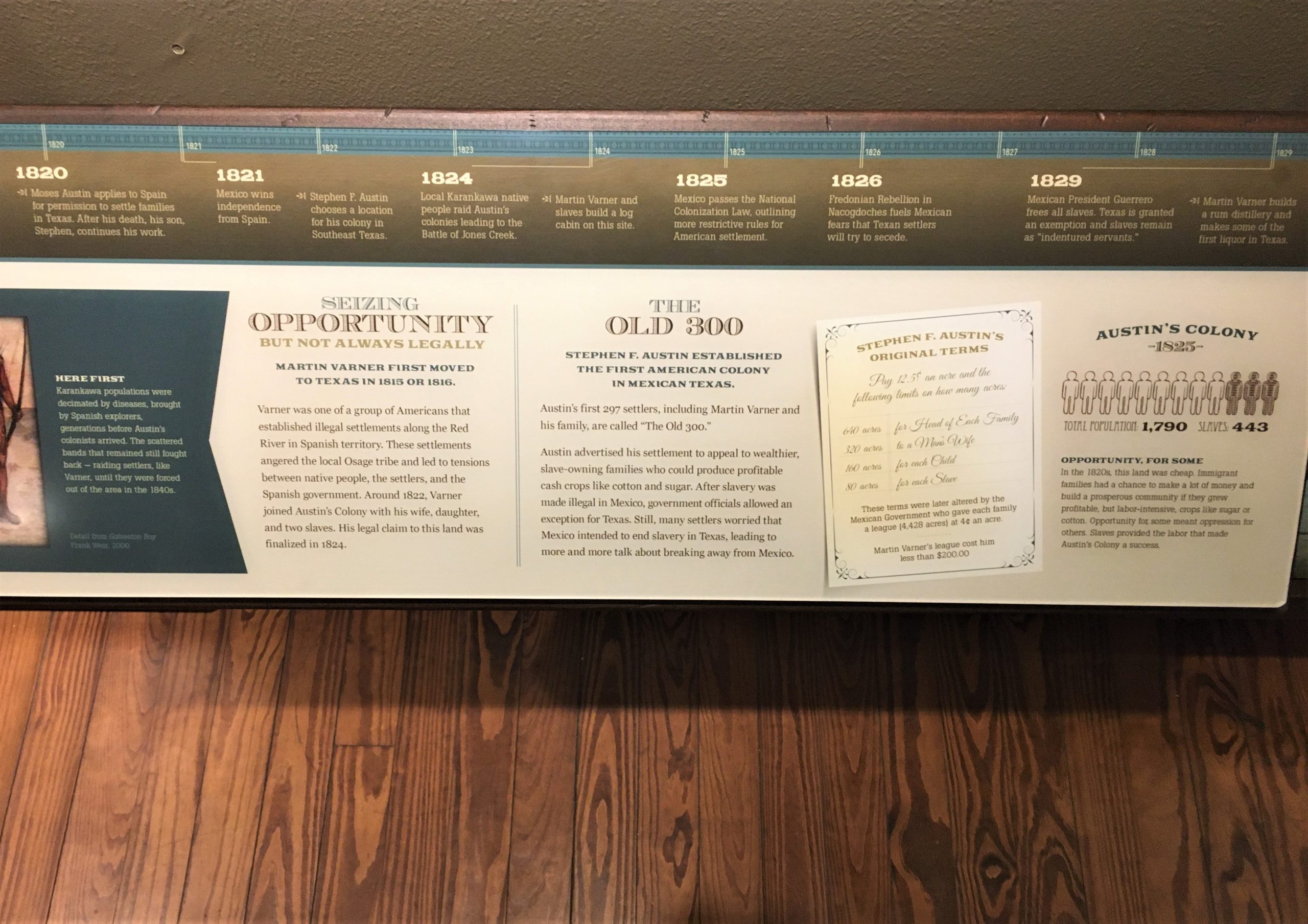


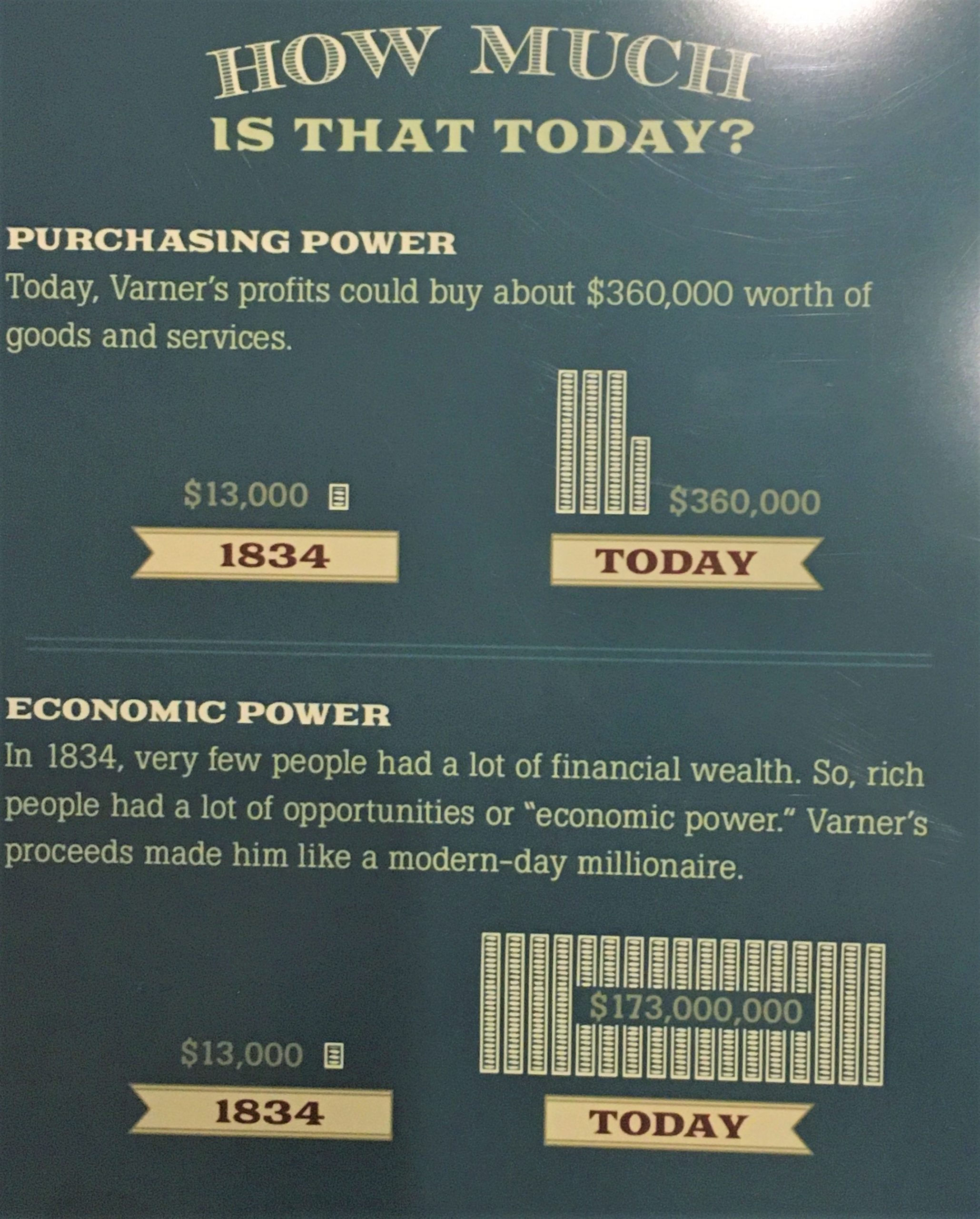








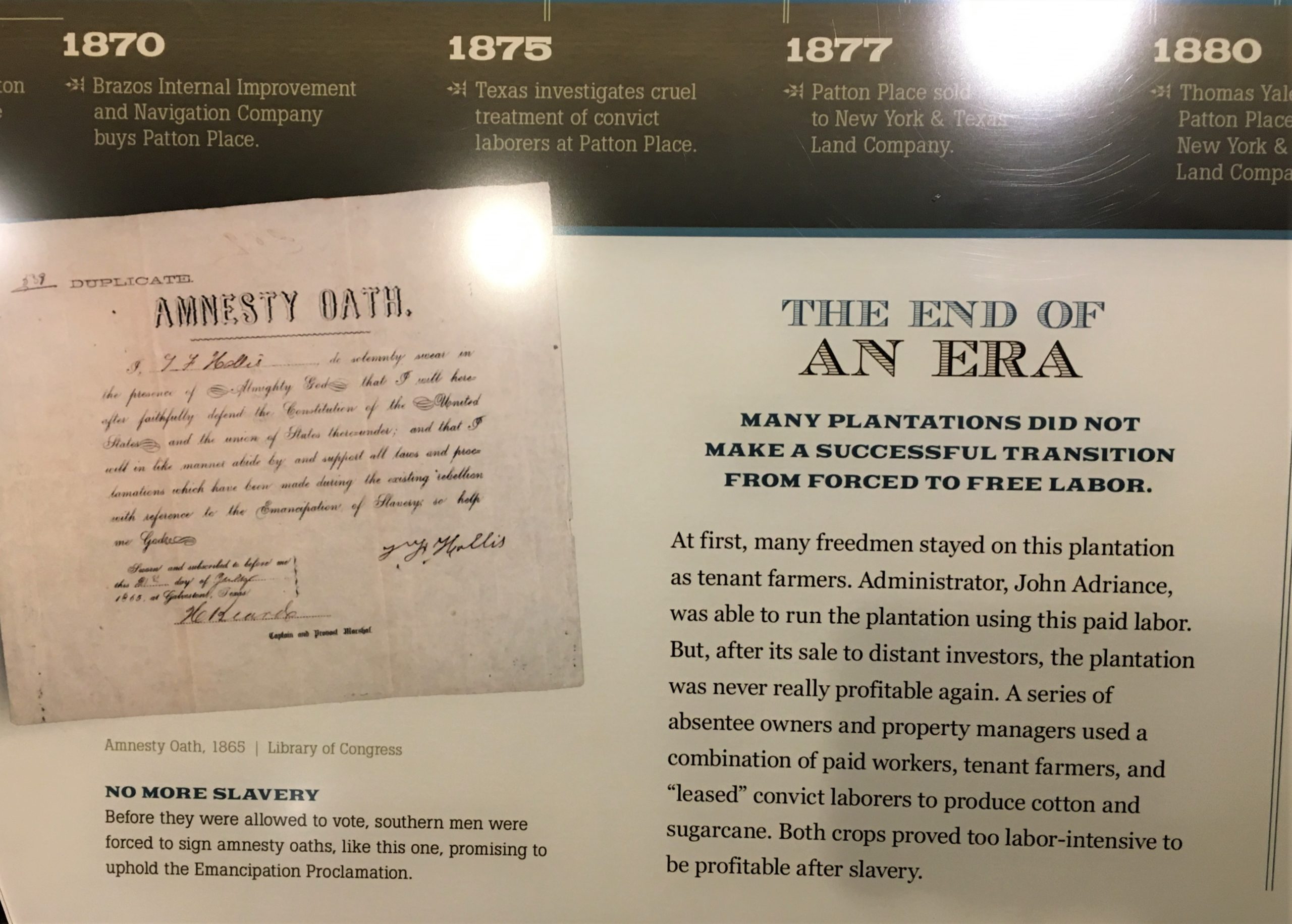



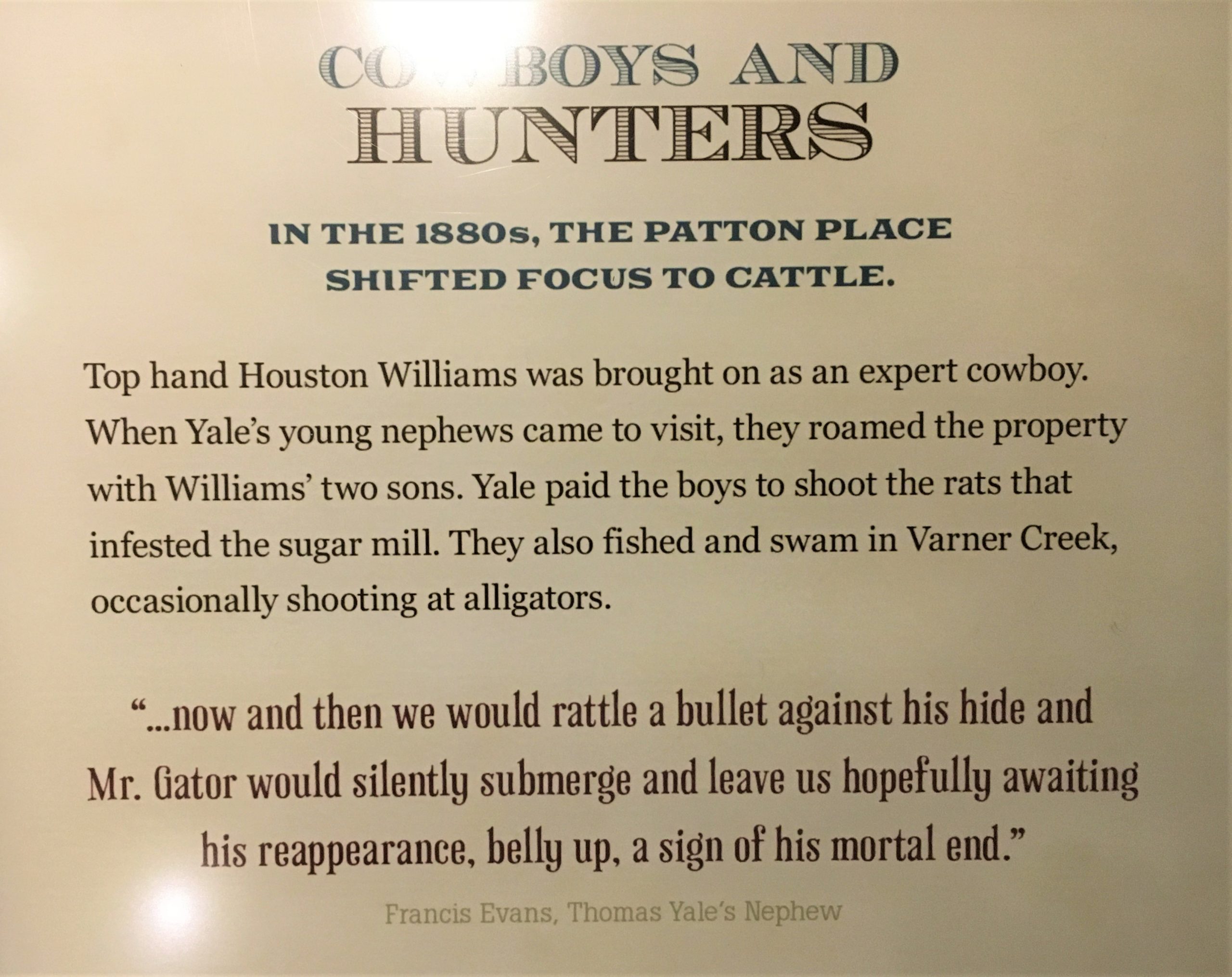





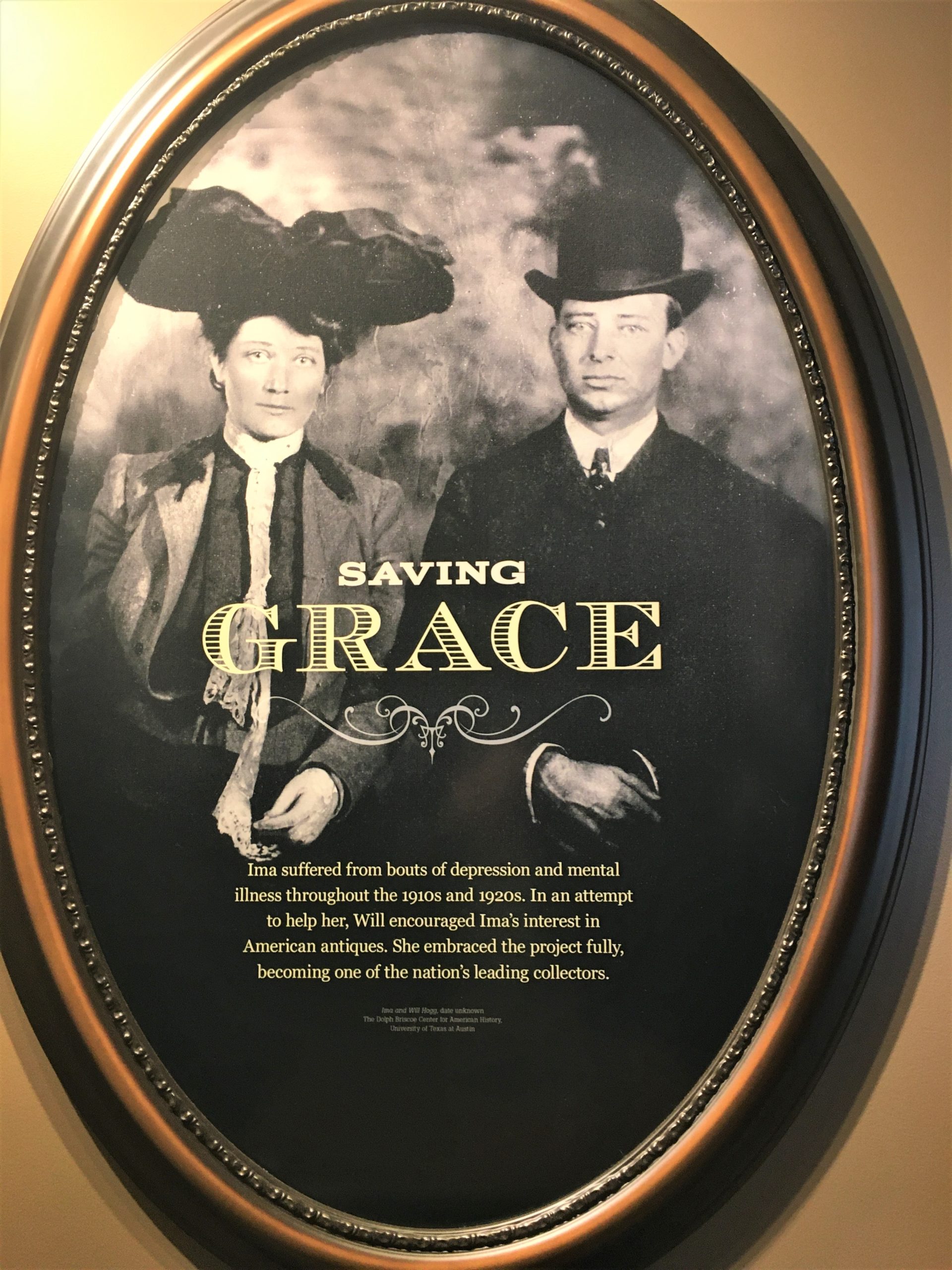





We find the most interesting signs in all these public restrooms we visit! : )




Those large vats were used to boil the sugar.


They never talked about how or when they reclaimed the land after the oil ran out.
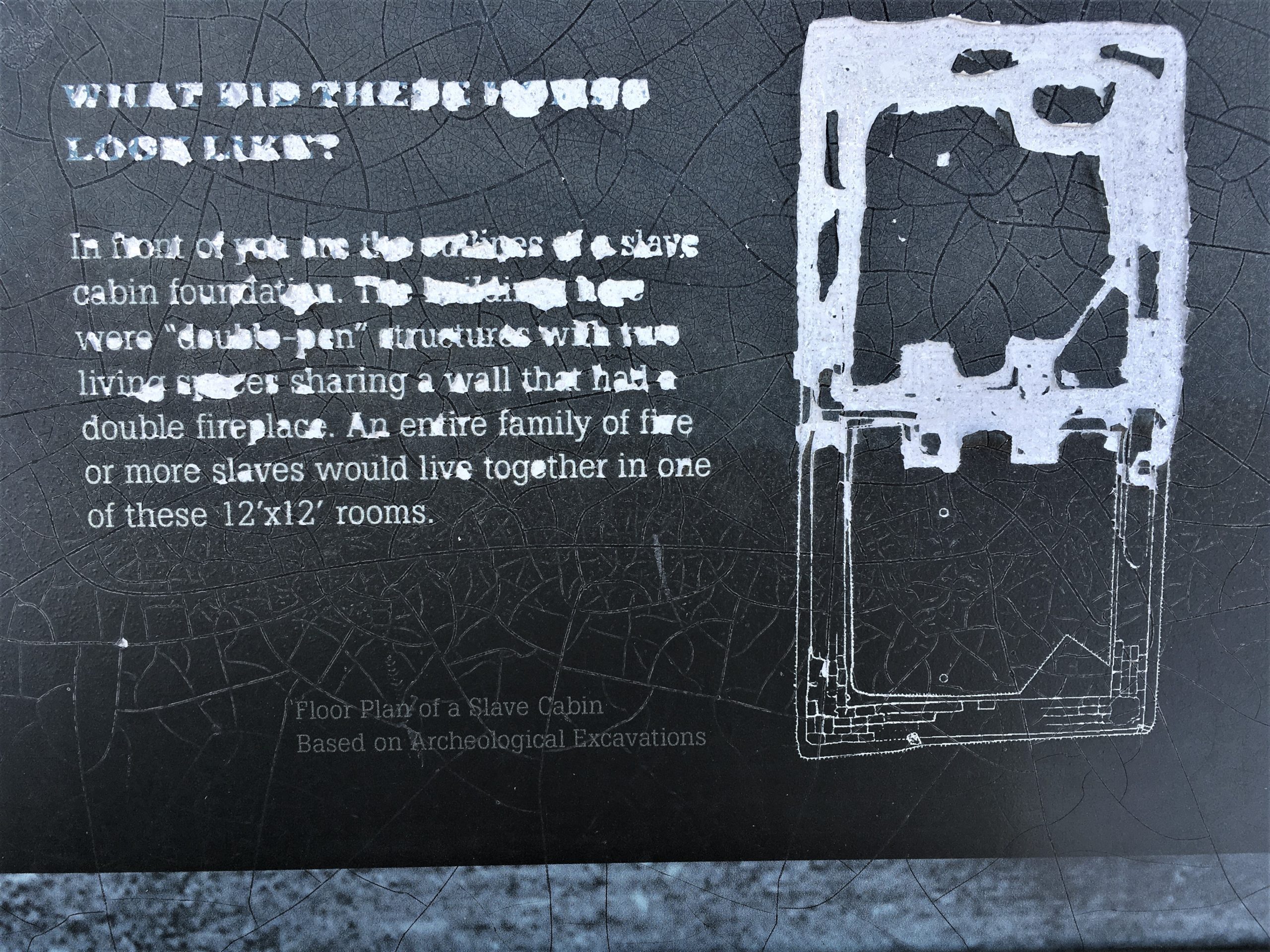
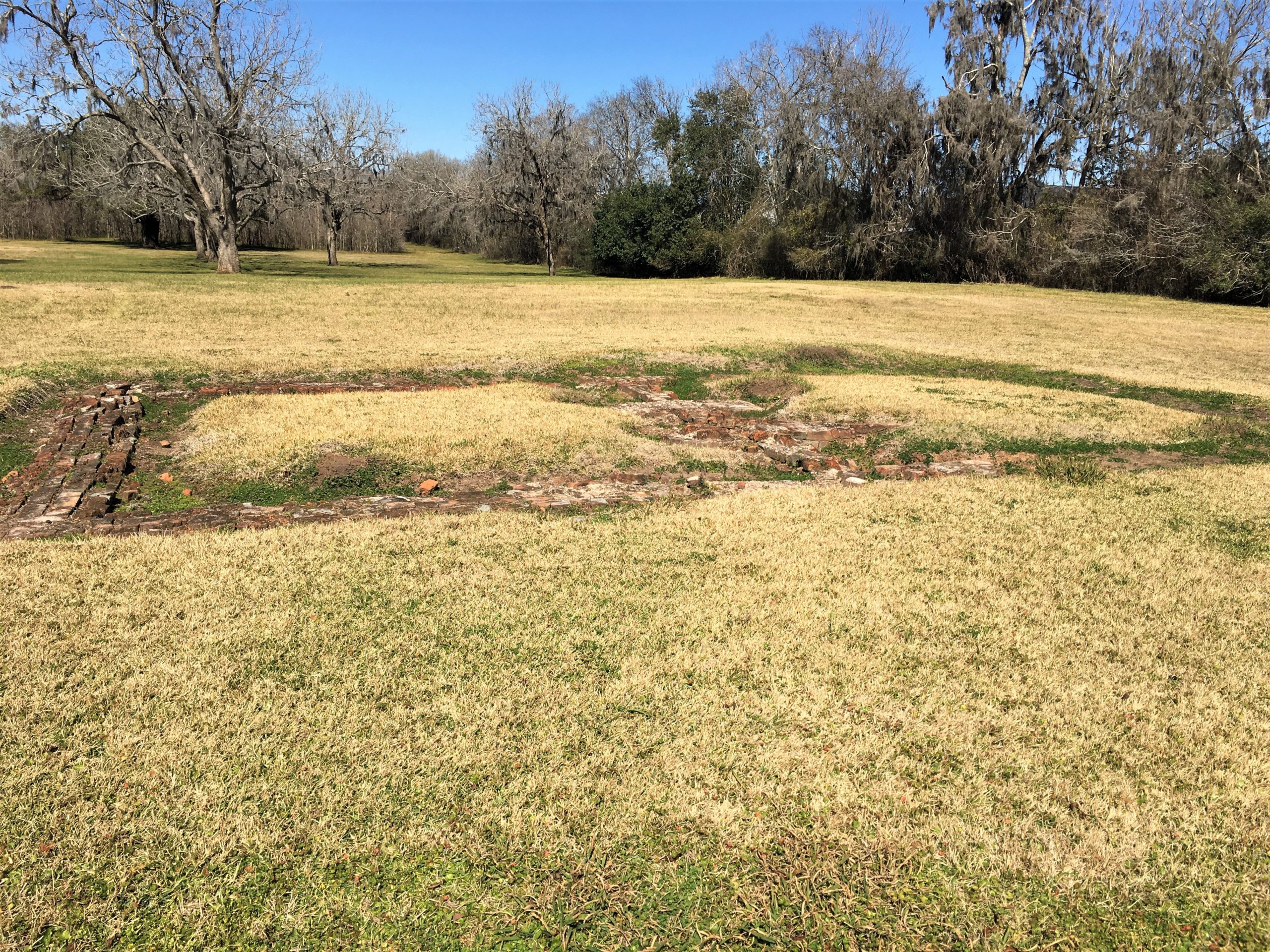
We stood next to this spot.
These tiny squares that are smaller than our oldest son’s bedroom.
Did they only sleep here? Did they have to prepare meals here?


On the left, is the above mentioned slave quarters.


She was not a happy camper when she returned!


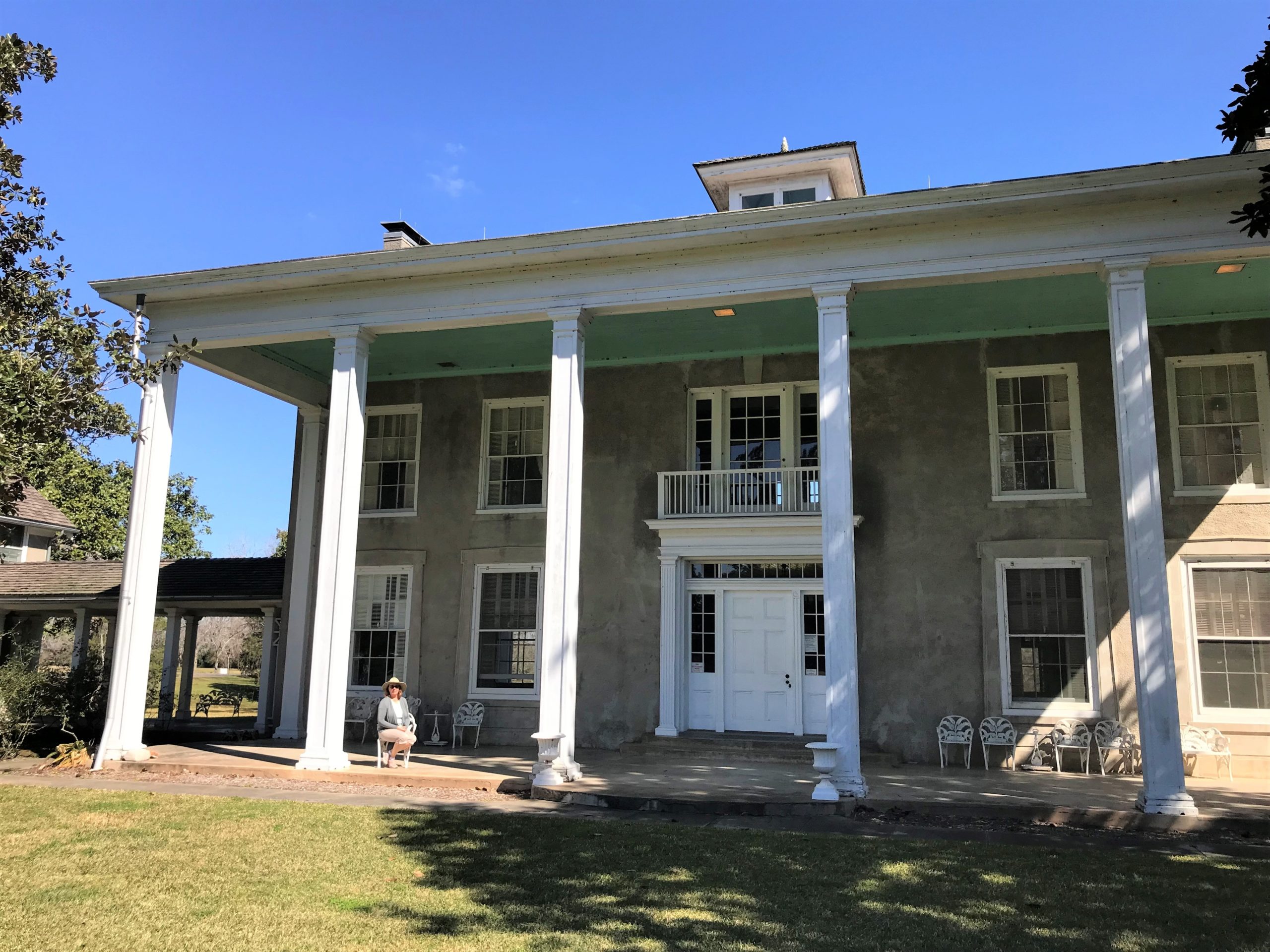



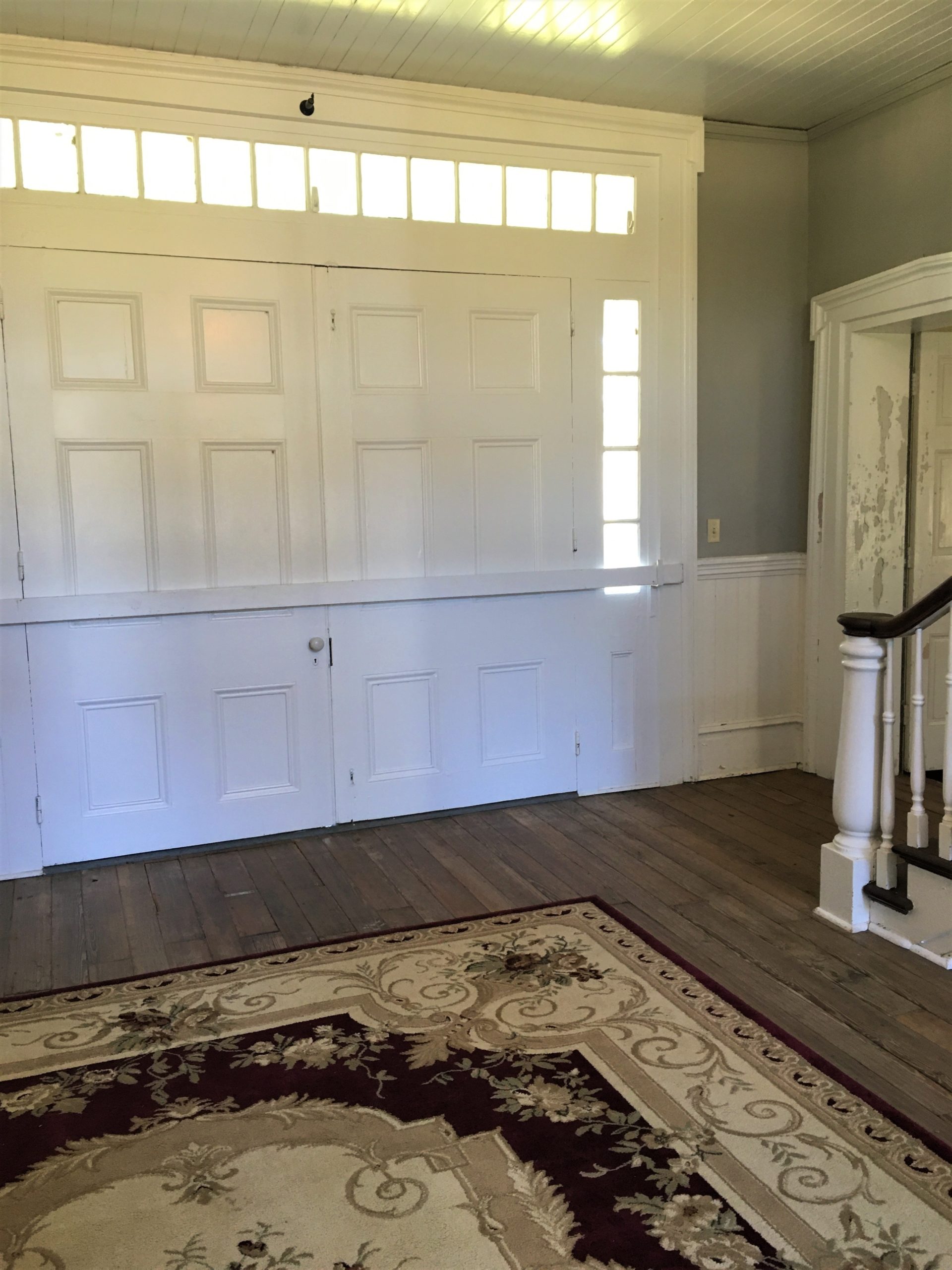
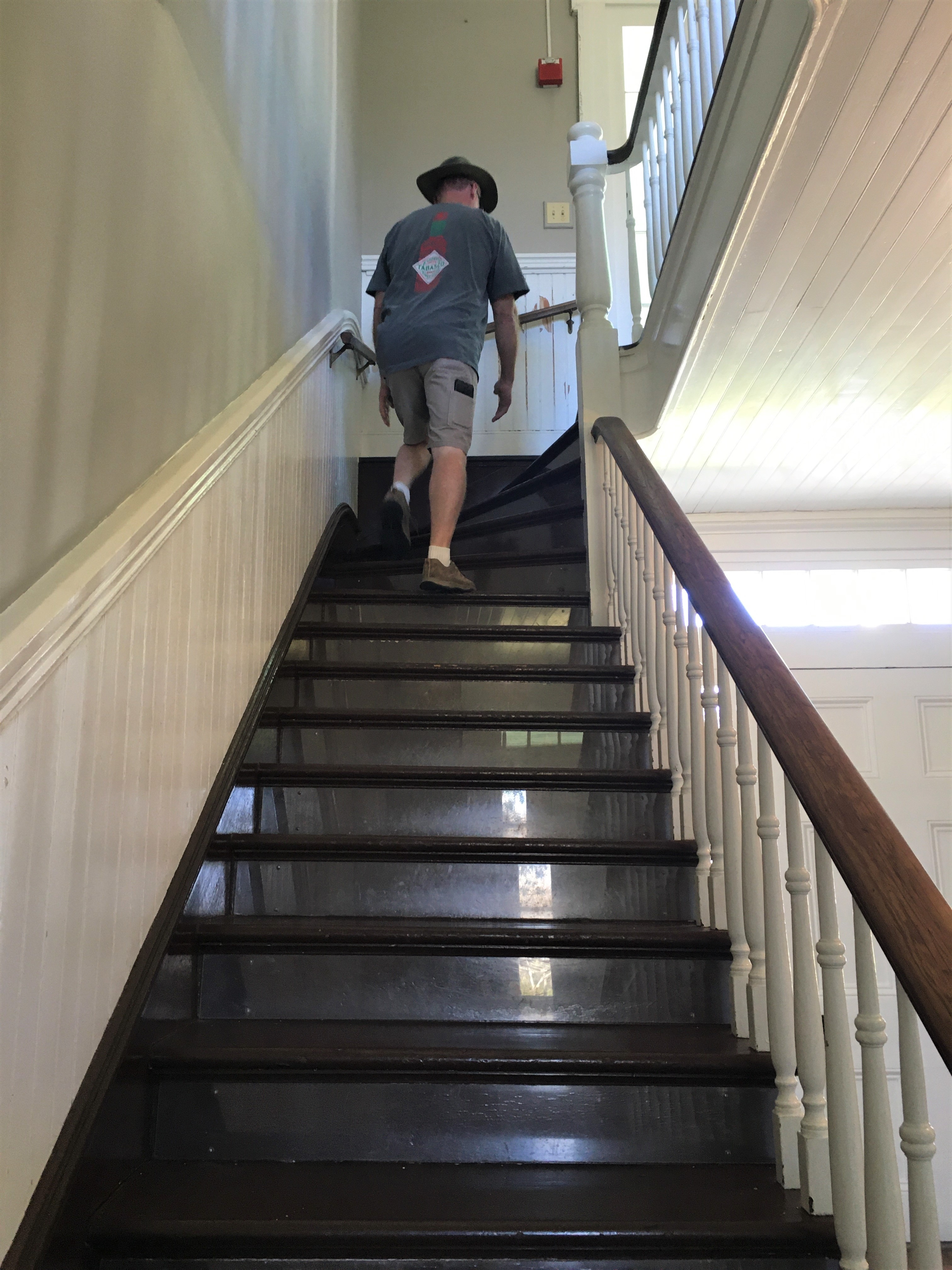


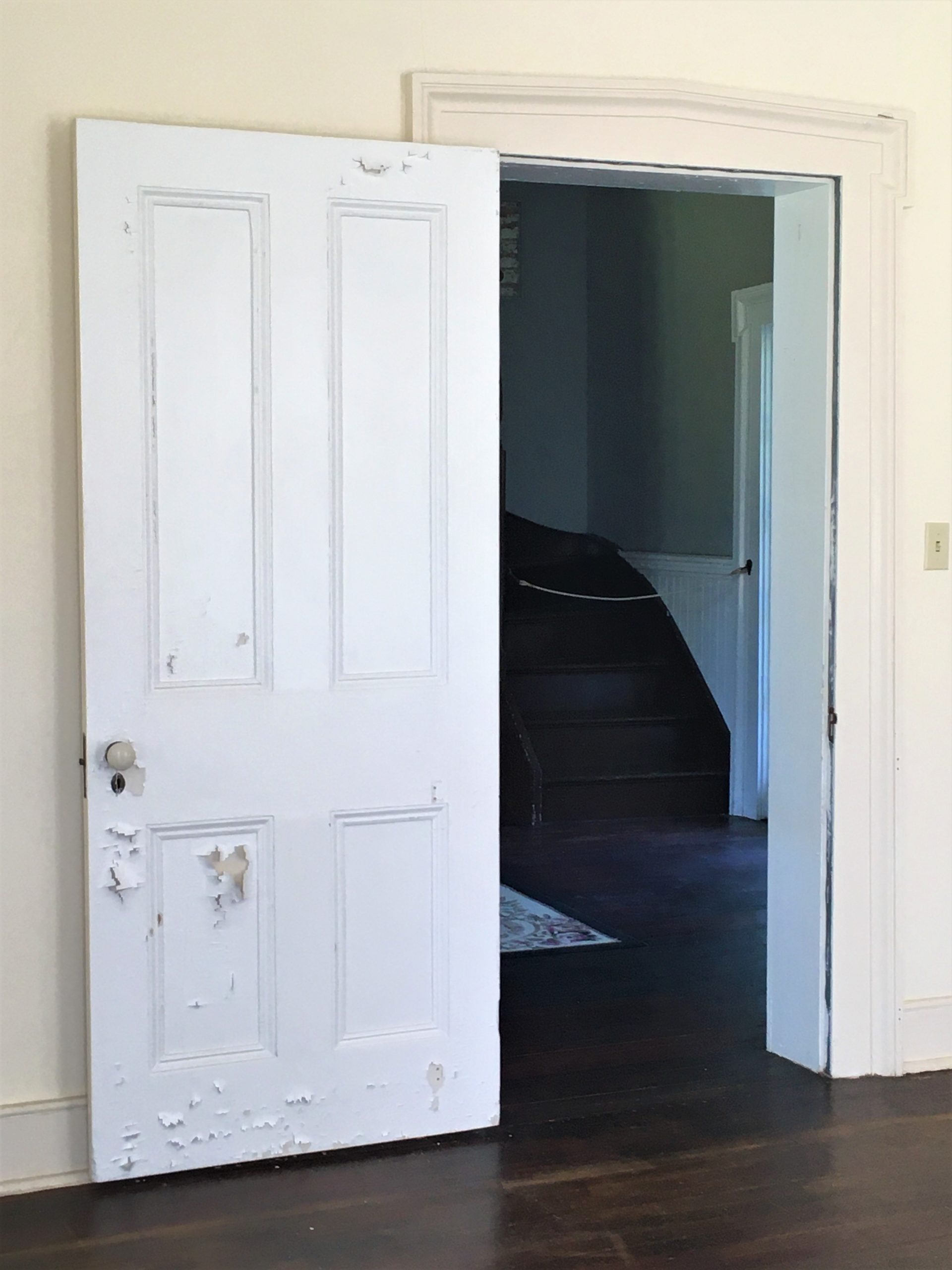

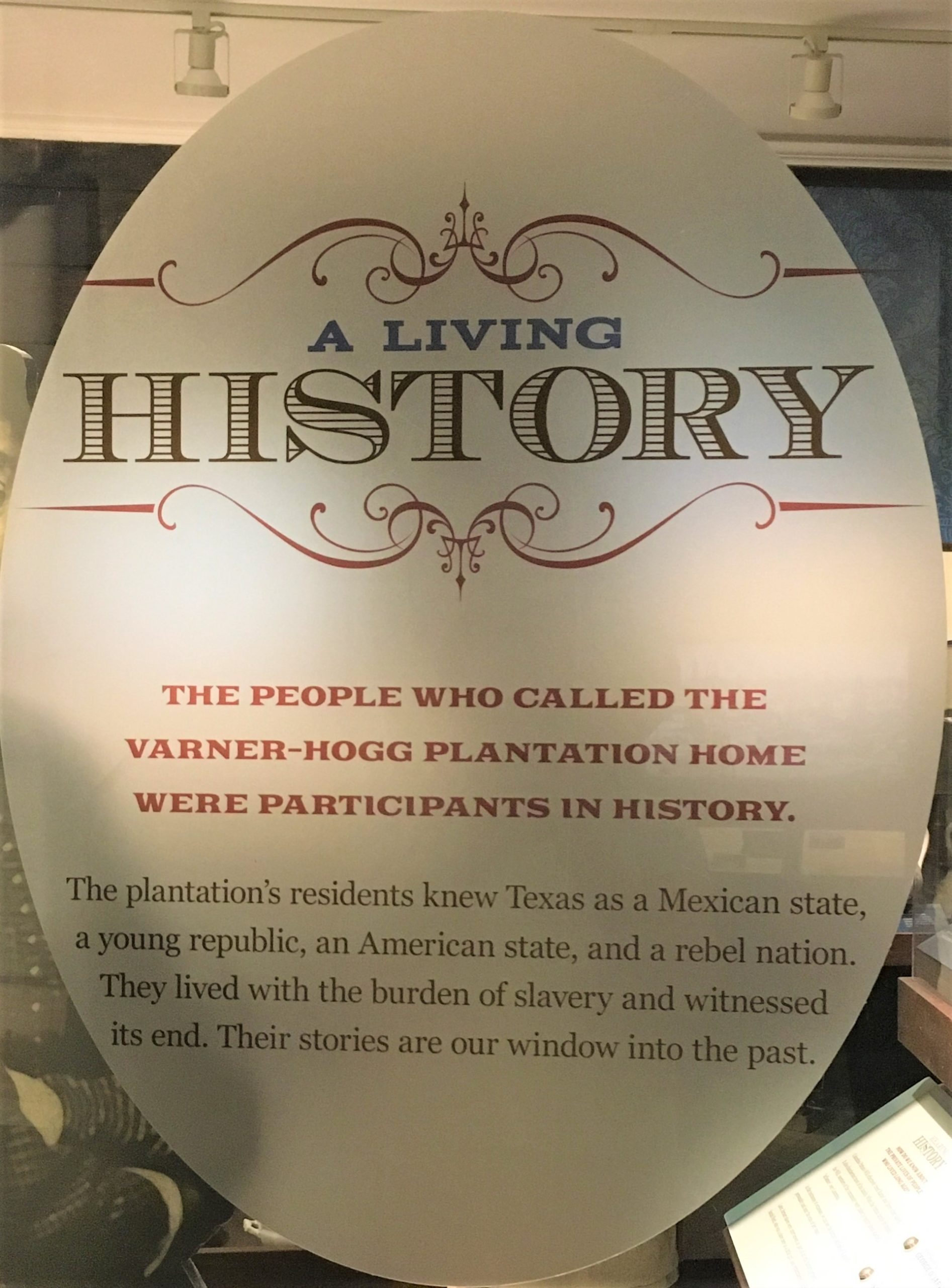

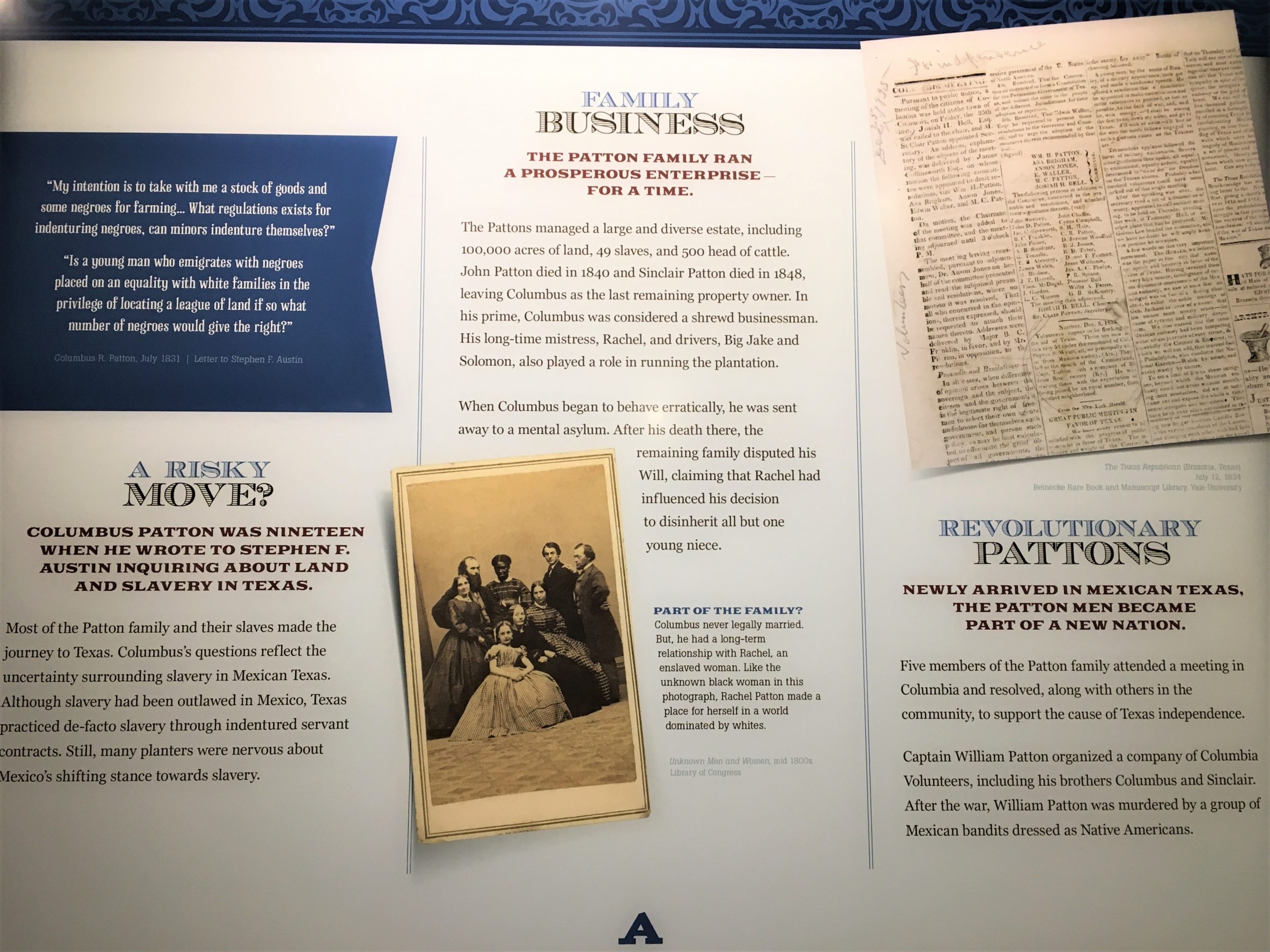



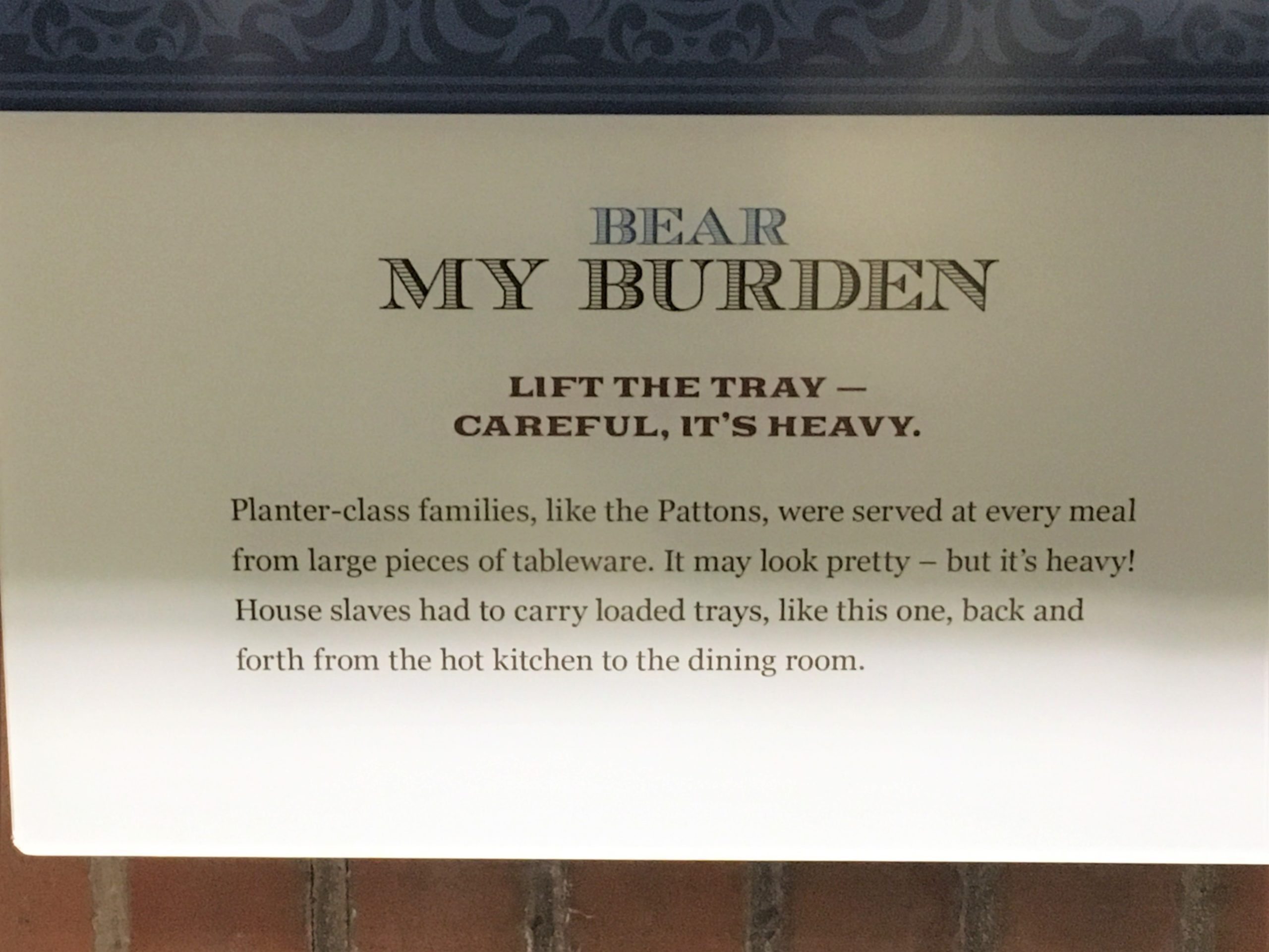















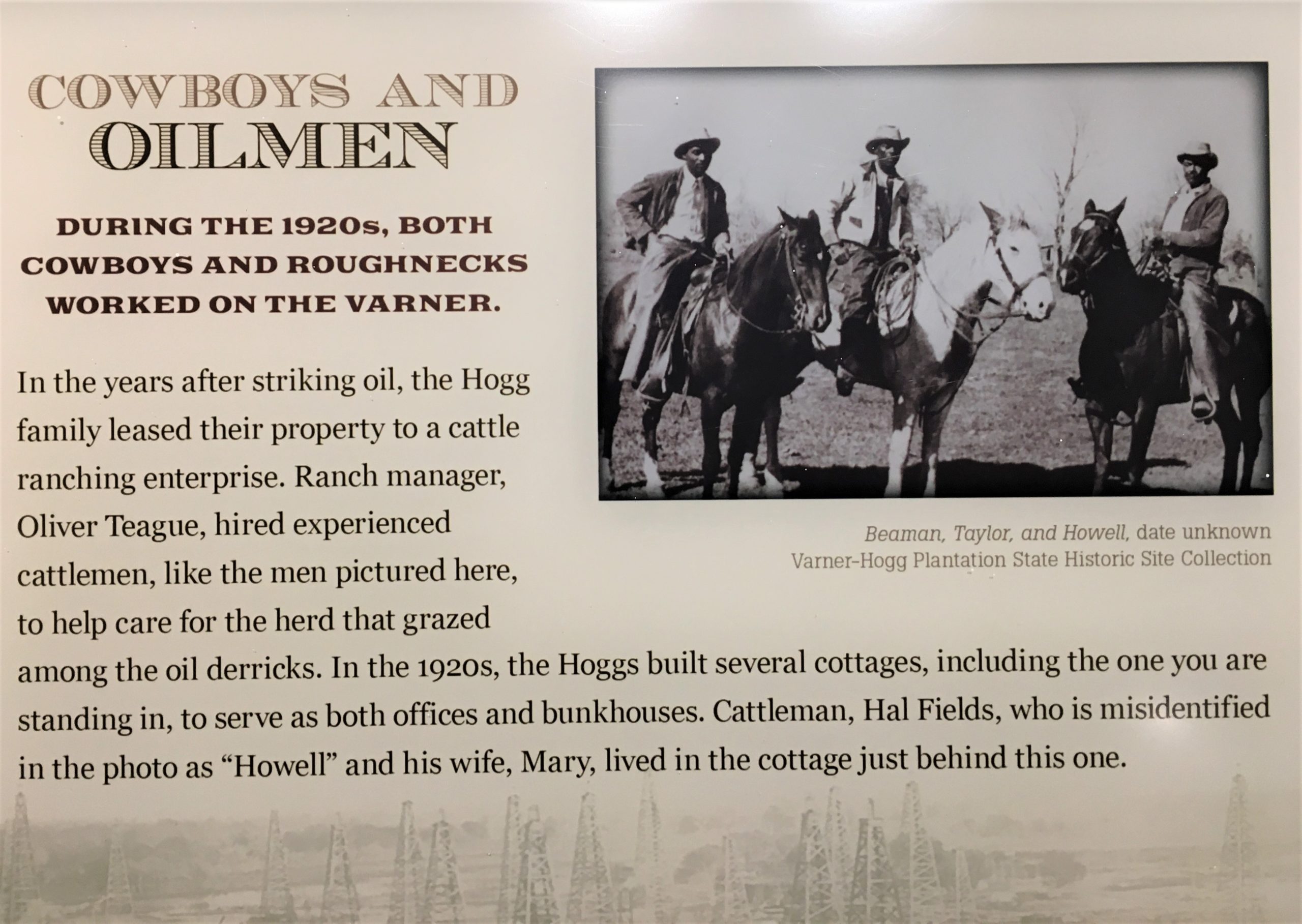


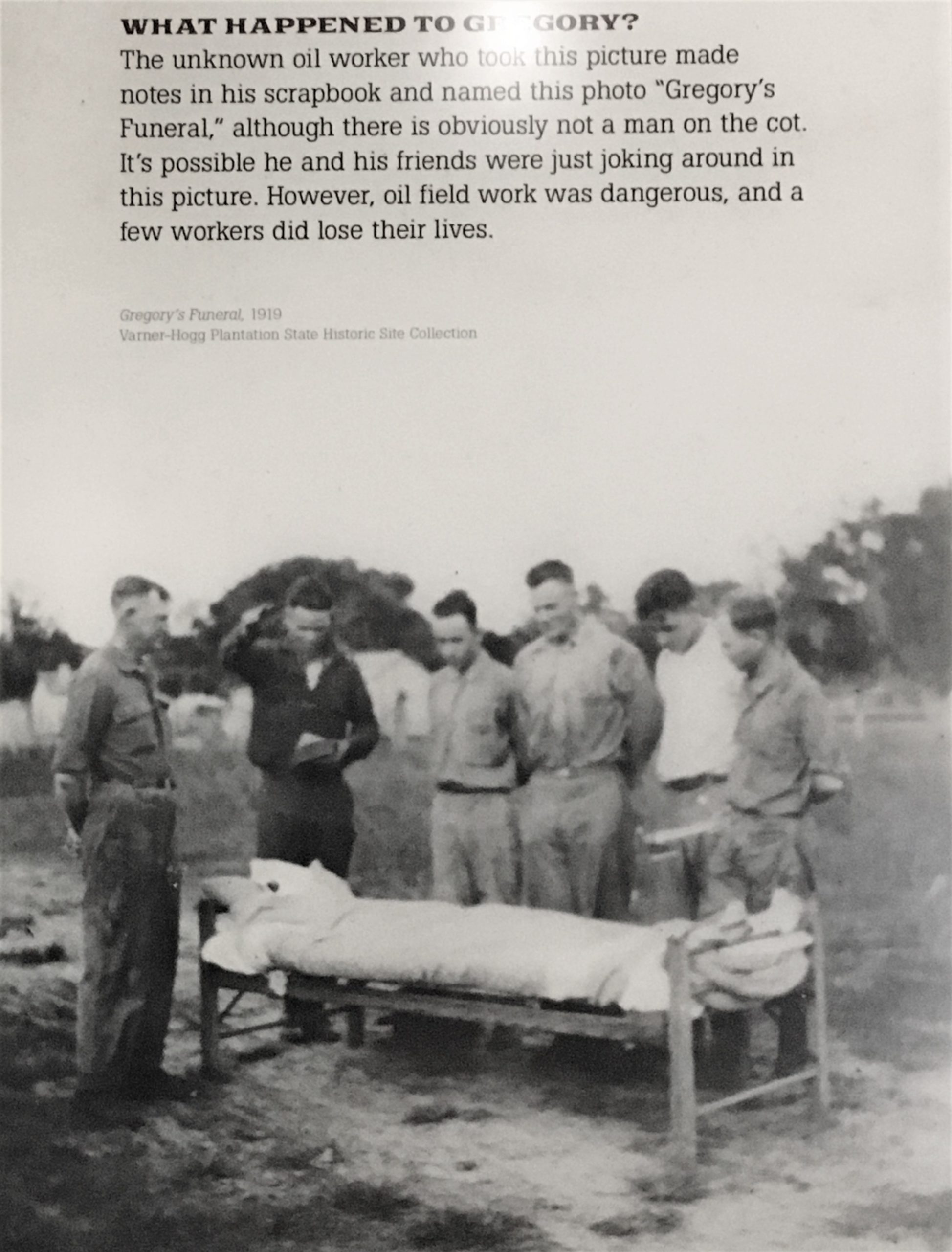







When he bought the property there was no indoor plumbing in the house.
He didn’t fit comfortably in the galvanized metal bathtubs of the time, so he had this one constructed.

would’ve looked similar to this picture I found online.

other than Varner Creek – which has snakes and alligators.

They’re from an American Sycamore tree, and they were very soft and fragile.

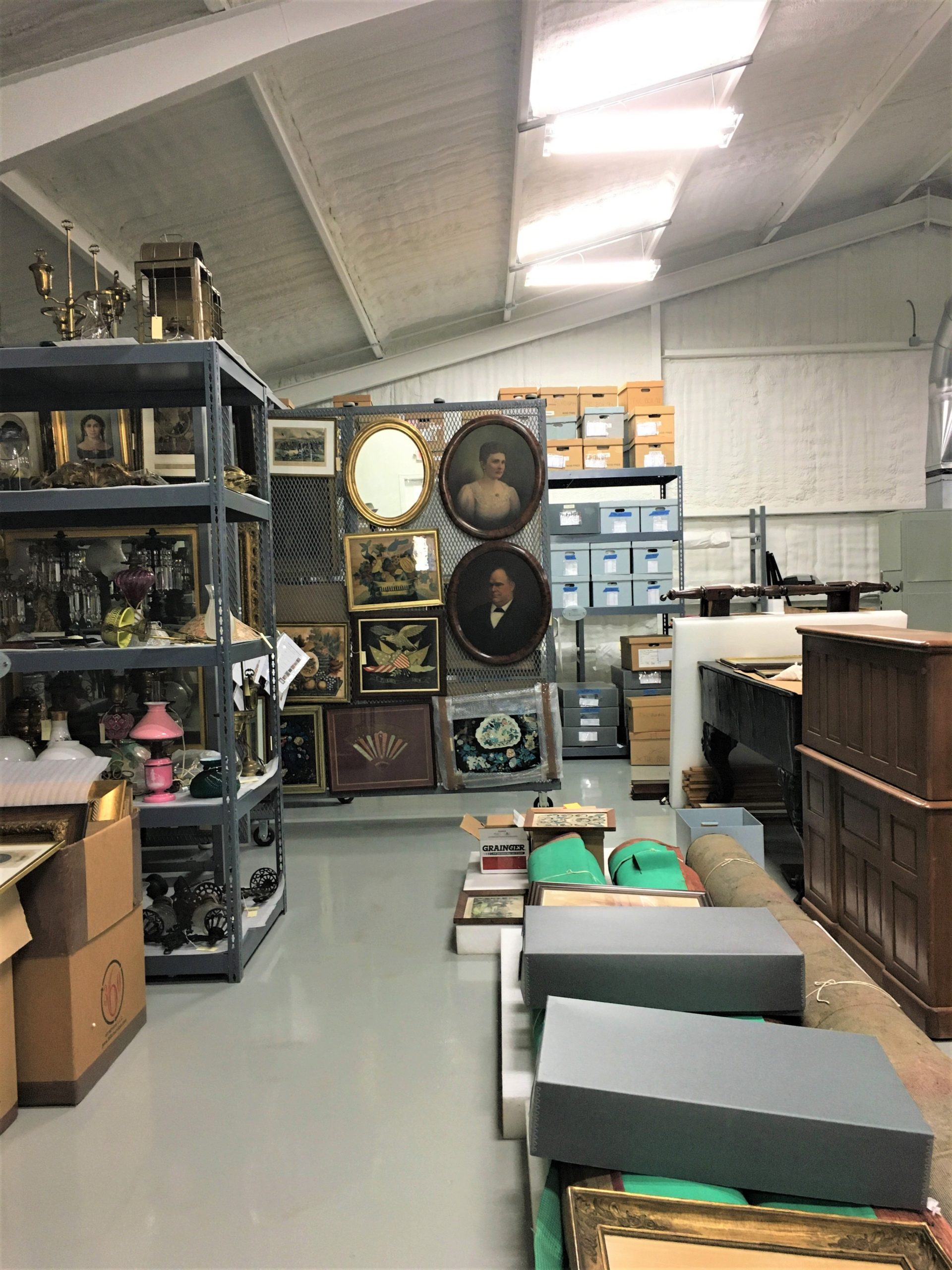
So many more than you can see in this picture!


We didn’t do a lot of walking here, so Blaine drove us over to another park, and again, no one was there.



We didn’t walk long before agreeing that we’d enjoy a walk around our own park better. And we did! Our fascination with vultures continues. lol



So far, not so good.



And we went out again, on our bikes (for a short time!), to see the sunset. So wonderful!









And we received more grandchild pictures! What a cutie! If we do say so ourselves. 😊
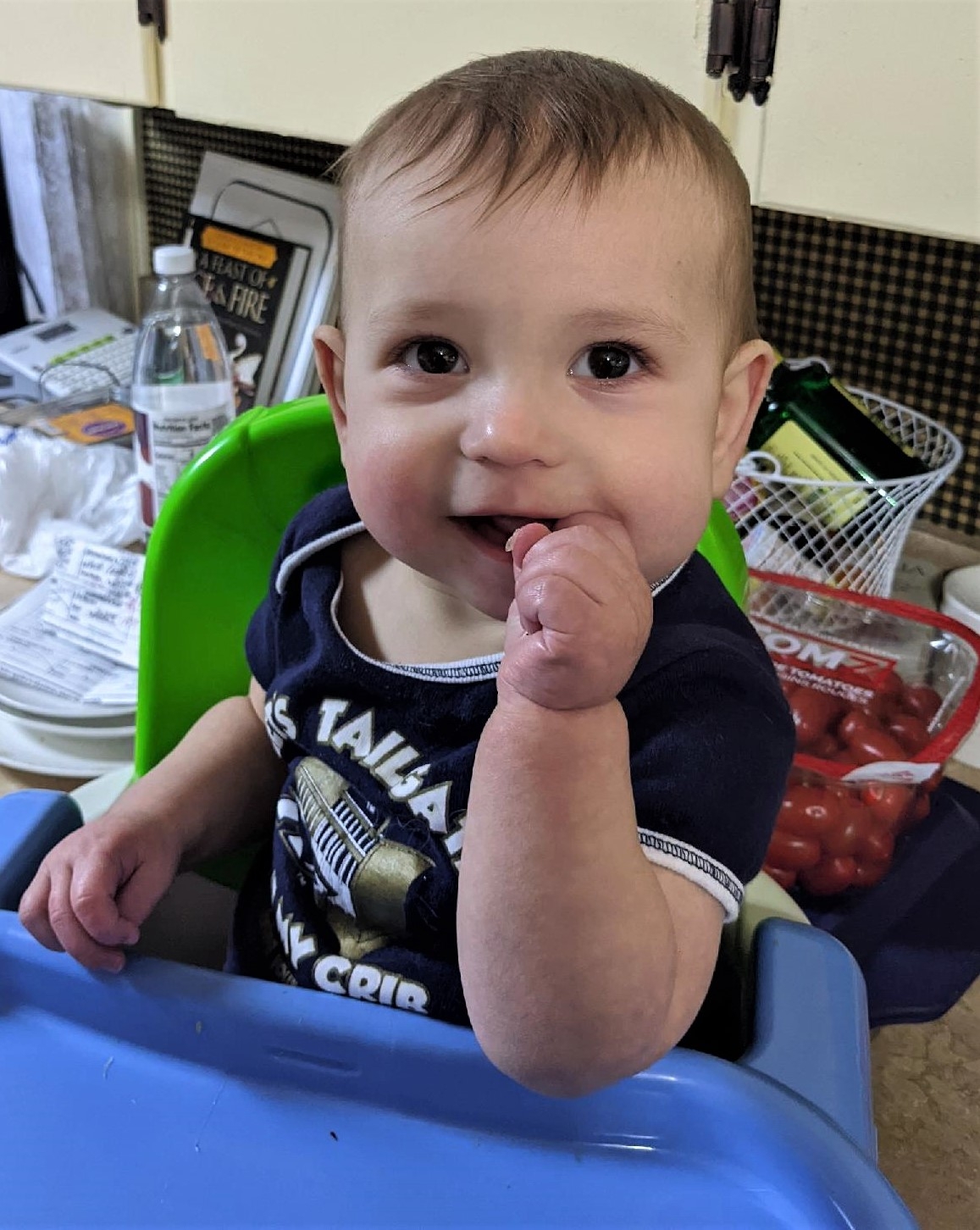

He’s 7 1/2 months old already!
